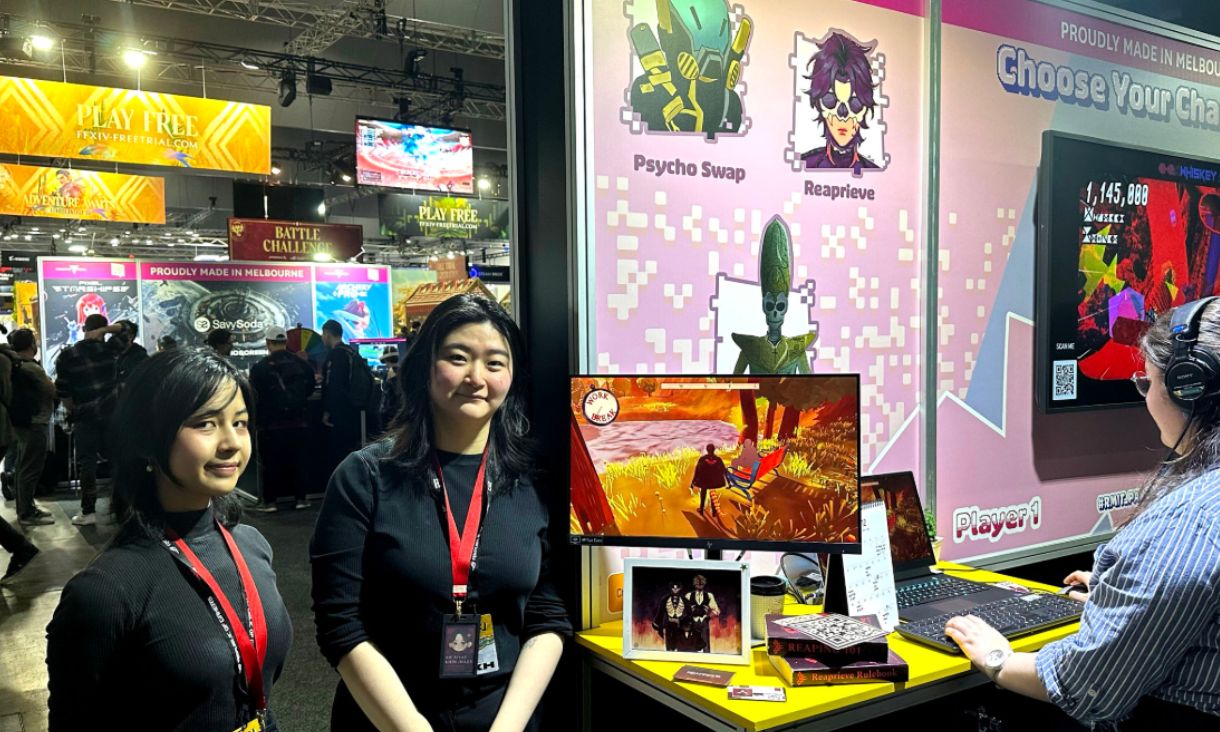Diego taught Sofia how to flick the touch screen to capture Pokemon. And he taught Sofia digital wayfaring – that is, how the digital is entangled with the body’s movement.
Pokémon Go allowed Sofia to learn some of the multiple ways her familiar city could be reinvented. Eventually, Sofia opened her own Pokémon Go account.
She would sometimes find herself briskly walking the streets in search of Pokémon. Mundane trips to the market or shops became Pokémon Go adventures in which she would reinvent the routes to capture more Pokémon.
The city became a complex overlay of digital, material, environmental and social cartographies.
The game also made Sofia feel fit and socially engaged in her community. And she became an outstandingly super-cool grandmother in the eyes of her grandson, Diego.
The “old media” of Pokémon Go enriched Sofia’s life: it reinvented the city she has lived in for all her life; it allowed her playful ways to further develop her relationship with her grandson; and it afforded her new ways to connect with other generations.
But Sofia’s story is not an exception.
In fact, her story is one example of an increasingly common way “old” mundane technologies are being playfully deployed for digital health solutions, one that brings older generations closer to their urban communities.
Social workers recommend Pokémon Go in Badalona
Badalona is renowned for its innovative and integrated healthcare system, centralised through the city council.
There, social workers are recommending Pokémon Go to clients to boost two key dimensions of ageing well: exercise and social inclusion. Part of the game play involves cooperation, for example, to win in a raid, players need to organise to meet up and battle together.
Our yet-to-be-published research uses data from a meet-up bot we built on the messenger program Telegram, to help people organise Pokémon Go raid boss battles.
Over 6,000 battles were fought throughout 2018, with almost 29,000 individuals meeting and establishing social connections and relationships in Badalona.
What’s more, there is much to learn from the lived experiences of Sofia that requires us to change how we think about play and digital health. For instance, the haptic sensibility of the game (the perception of objects through the sense of touch) privileges motion awareness, so it’s more attuned to Sofia’s fading eye sight.
Badalona is a great example of how intergenerational play can redefine a city by allowing users to navigate through multiple senses – touch, sound and sight – that digital play stimulates.








